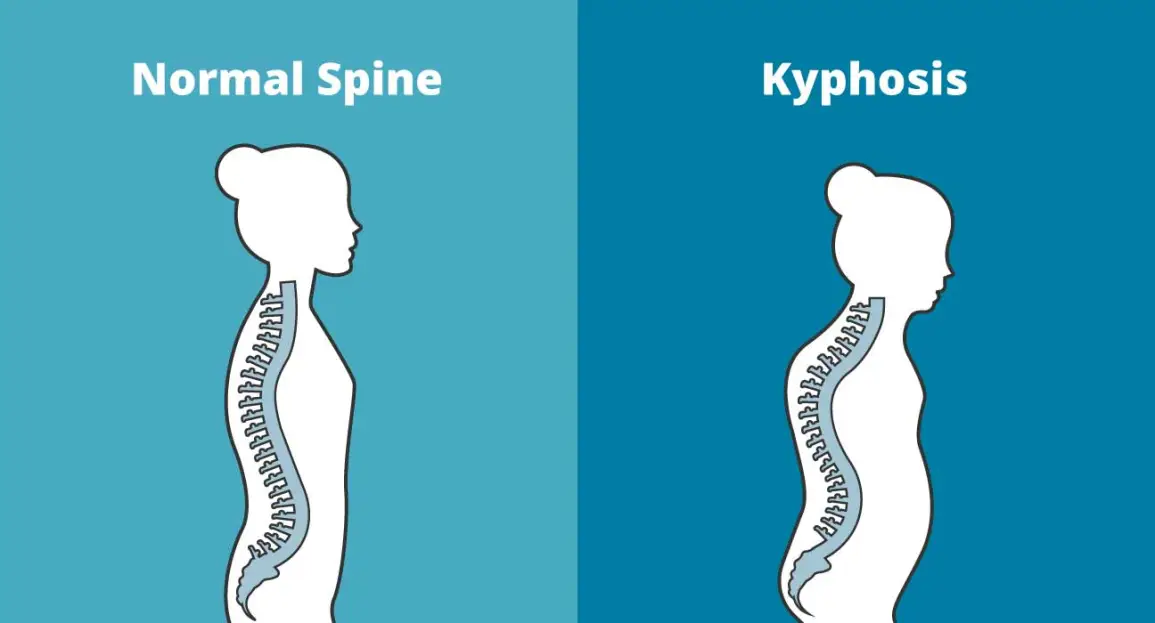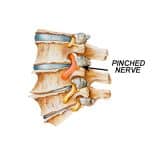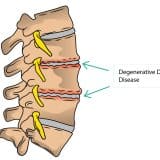Kyphosis

Kyphosis is a kind of spinal condition where there is excessive curvature of the upper back in the forward direction. Because of this, the upper back looks hunched or slouched. People often refer to it as squatting back or a roundabout. The spinal cord has natural curves that provide support to postures and helps in standing straight. But when there is excess curvature, it puts an effect on the posture, thereby making standing difficult.
Common symptoms of kyphosis
The most common symptom seen in kyphosis is a forward curve in the upper spine. In a mild case, it’s not visible, and sometimes the person might look like bending in the forward direction. Some of the other less common symptoms of kyphosis are
- Back pain
- Stiffened hamstrings
- Tightened upper back
- A round back
Different types of kyphosis and their causes
There are many kinds of kyphosis, and all factors that contribute to it vary based on the kind.
Postural kyphosis
It starts mainly during adolescence when there is abnormal development of the muscles that surround the spine because of posture imbalance. This also occurs because of reduced strength of the muscles.
Scheuermann’s kyphosis
This also starts during adolescence and it is more severe than postural kyphosis. Why it is caused is not known.
Age-based kyphosis
This kind of kyphosis makes a spine curve that worsens with age, mainly because of conditions that affect the spinal bones.
Congenital kyphosis
This is caused because of abnormal development of the spine before birth. It worsens with increasing age.
How is kyphosis diagnosed?
Diagnosing kyphosis is done by doing a physical exam where a doctor might ask the person to do exercises or stretches to assess their mobility and balance. Doctors sometimes prescribe imaging tests like X-ray or MRI scans to closely examine the spine’s structure. In several severe cases, your doctor might advise other tests like lung functioning or blood tests.
How is kyphosis treated?
Treatment of kyphosis usually depends on the kind of kyphosis and how severe the curve is. For postural kyphosis, one of the best ways to avoid the worsening of the curve is through non-surgical treatment. It also assists people having Scheuermann’s kyphosis with a curve less than 70 – 75 degrees. Some standard non-surgical treatment options are physical therapies, bracing, treating the underlying cause and using nonsteroidal anti-inflammatory drugs. People suffering from severe scheuermann’s kyphosis or congenital kyphosis need surgical treatment. Surgery is done to decrease the spinal curve and other related symptoms. One common kind of surgery is spinal fusion, where various vertebrae are welded together to form a single bone segment. Other surgical methods include the insertion of rods or screws in the spine.
Prevention of kyphosis
While it is not possible to stop kyphosis, people can decrease the chance of getting postural kyphosis by following good posture and back health. Some of the common measures are
- Daily exercising for strengthening back muscles
- Avoid slouching
- Ergonomics setting up of workspaces and desks
- Making use of a chair that offers a healthy sitting pose
- Increasing the strength of bone by taking calcium and vitamin D
Conclusion
No matter what kind of kyphosis you have, early diagnosis provides the best possible outlook. But when left untreated, the spinal curve worsens, resulting in several health issues. Monitoring kyphosis regularly and carrying out physical therapies for maintaining a good posture is vital. All these steps help ensure that the curve is not worsening and not interfering with your life.




